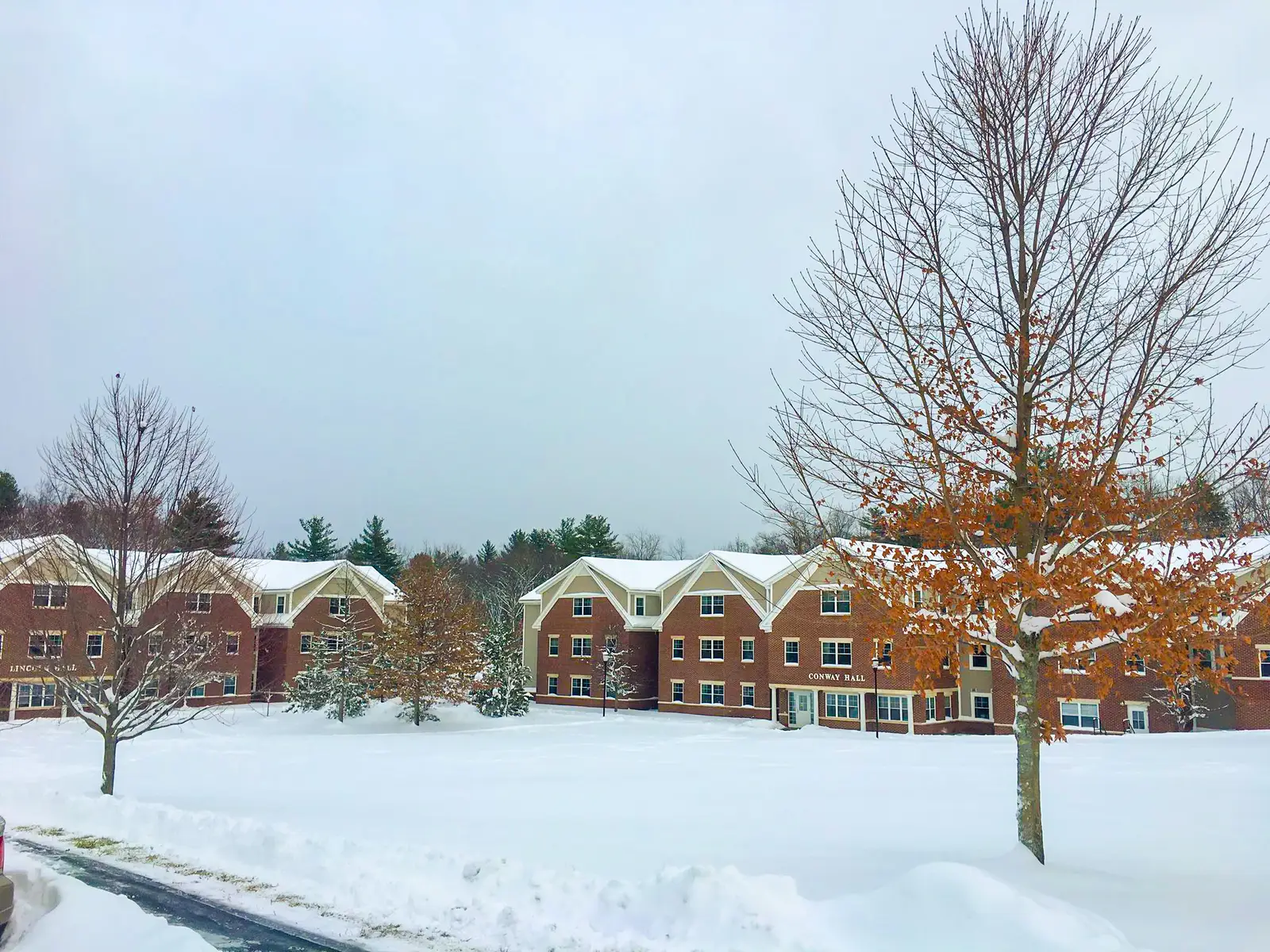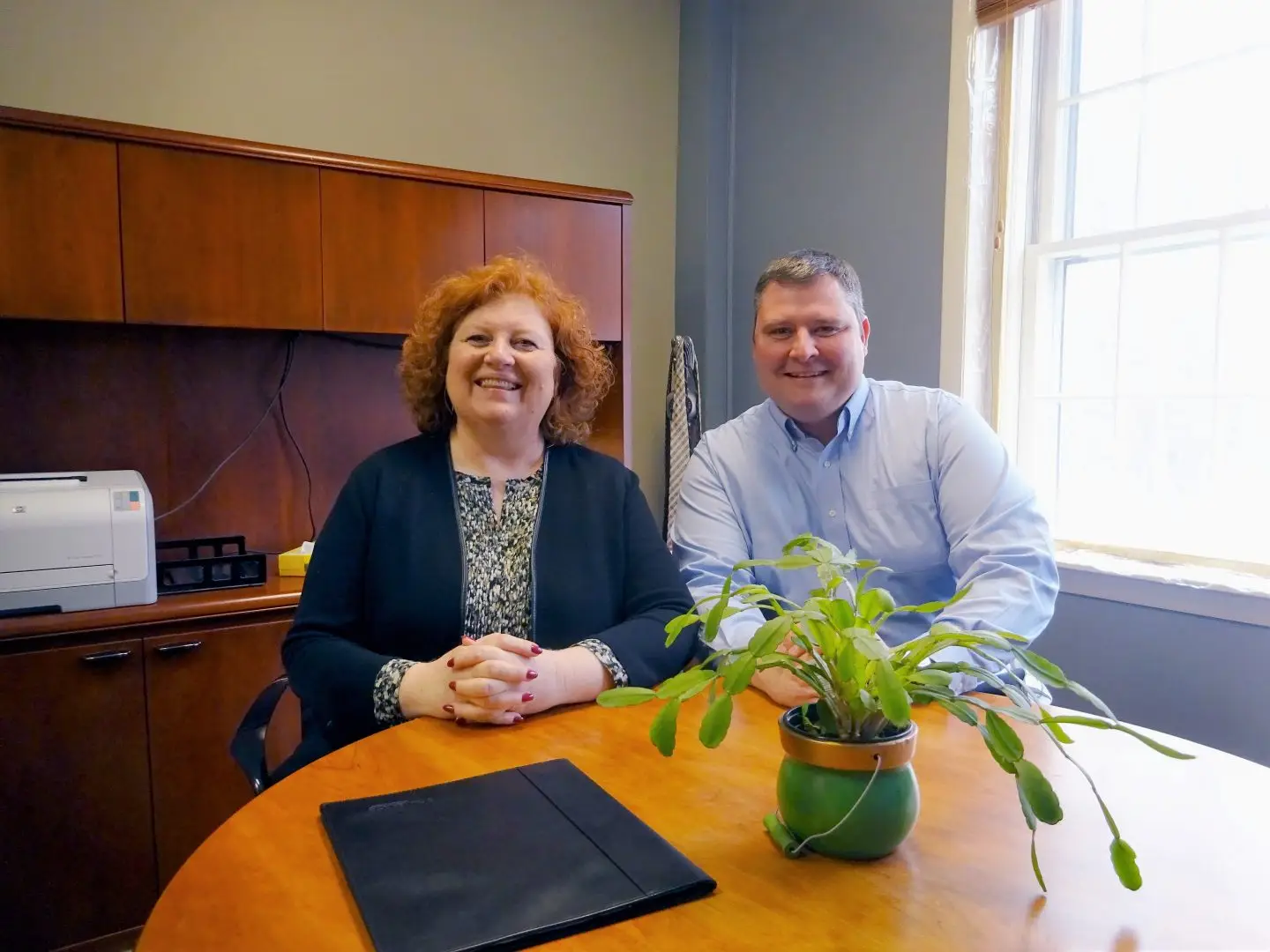SNHU came to the decision to shorten the traditional three-week winter break down to two for the 2021-2022 school year. The break will begin on December 21 and end on January 3, which is when classes resume for the 2022 spring semester.
“The change was a result of aligning the term start dates across the University for all 8-week and 16-week courses, both campus and online,” says Kyle Viator, Academic Affairs. “Prior to this alignment, campus students taking online courses had different start dates of courses in the same term and different add/drop dates.” In addition, SNHU administration took into account the number of undergraduate students on campus registering for online courses, where statistics show that for the past three years, up to 11% of campus students have signed up for online classes in the spring semester. “We want to make it as easy as possible for students to take the courses they need, when they need them,” says Viator.
Summer break was also considered in this decision. “This extra week during summer break not only allows students more time to recharge with family and friends; it also means that SNHU students will be able to secure summer internships or employment a week earlier, giving them a competitive edge on peers from many other institutions,” says Viator. The 2022 spring term is set to end on April 24.
Upon hearing the news, it has sparked conflict and concern among staff, students and SNHU community members. Although some claim they don’t mind the winter break reduction, a majority of staff and students are opposed to having a shorter break in between the fall and spring semesters.
One question people are wondering is how COVID-19 will affect their return to campus. Given that classes begin on January 3, it gives little room to allow students to fulfill the recommended time to quarantine. Staff and students also question how the break reduction will affect cross-country and international students. Between planning for travel and work, students who live farther away from campus would have limited time with their families along with needing to make a quick return back to campus. Returning students traditionally move in the day before classes while new students would move in two days prior to the beginning of the new semester.
“I live in Colorado and with all of the hassle of traveling, it would shorten my break even more and also reduce that time with my family,” says Caela McCartney, ‘22. Winter break is a time for students to spend with family they haven’t seen in a while, especially if they aren’t local. In addition, students often pick up extra work hours in order to pay for tuition and other needs.
There is also a concern for mental health. With students taking at least four classes per semester on top of extracurriculars, the winter break in between semesters is used as a time to rest and reunite with loved ones. “The whole purpose of the break is [to] allow a mental health break and shortening that is going to make [students lose] all ambition. That break allows people to destress from the finals they just took and prepare for the next semester to come,” says Brooke Ryan, ‘21.
Many staff and students are concerned that the reduced break could put a damper to mental health and create burnout, which will cause a loss of motivation in class. After this past year of remote learning, having the chance to kick back has become essential to mitigate stress.




